So you’ve been assigned a classroom, chosen a classroom theme, and picked out that cute first-day-of-school outfit. Are classroom learning centres or rotations on your to-do list yet?
You’re in luck! The teacher team at Teach Starter has some great advice for setting them up, not to mention years of tested experience to help you decide if centres are right for your classroom. Read on to learn how to group your students, what supplies you’ll need for successful centres, how long students should spend at each rotation and even a few ideas from our expert teachers on fun centre activities that will engage your class.
What Are Learning Centres?
If this term isn’t on your teaching radar, have no fear. Learning centres — also commonly called rotations — are essentially stations or designated classroom areas to promote independent practise in the skills or subjects you’ve taught in class. As you know, children thrive on exploration and active engagement, which learning centres can help with all year long.
Typically used for all primary grades, you may also hear or read other teachers refer to their learning centres as
- Skill centres
- Interest centres
- Enrichment centres
- Exploratory centres
- Learning stations
- Simply just centres
Before You Begin
There are a few things to consider before setting up your own learning centres:
- Age of Students — Your students’ age will determine what kinds of equipment and supplies you’ll need.
- Your Classroom Size — Your classroom and class size will help determine how many learning centres feel comfortable in your space.
- Seating Arrangements — Will students sit at a table? Bean bag chairs? A carpet?
- Learning Centre Type — Which learning centres make the most sense for your teaching style and expertise?
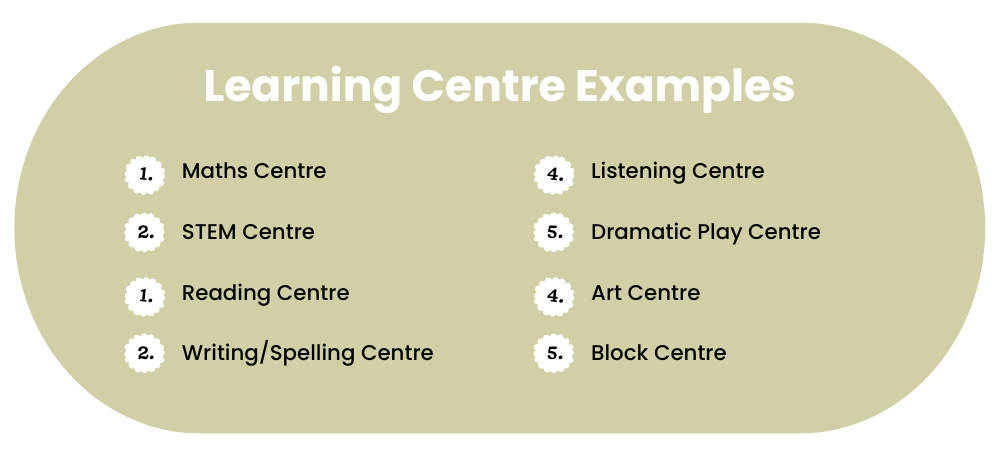
Feeling overwhelmed so far? We know there’s a lot to think about! Try to remember that once your learning centres are set up and established, the hardest work is over for years to come. Of course, there is always room for improvement and changes depending on your students’ experiences.
Why Are Learning Centres Important in the Classroom?
Learning centres are important for several reasons and can apply to any age. You will always have students who learn differently than their classmates, and rotations can help you ensure all your students are getting the variation they need.
Promote Practise and Play
Students can use centres or learning stations to explore further and practise skills you’ve taught them in class. Children who learn by doing may thrive more in a space that allows them to be independent of traditional classroom instruction.
Differentiated Learning
Rotation-style activities offer the opportunity for you to differentiate learning in your classroom easily. Activities that allow students to learn in their preferred styles lead to a thriving environment, and centres allow kids to work at their own pace.
Improve Your Instruction
In addition to helping your classroom management, classroom learning centres allow you time to observe your students and monitor their progress. Large classroom sizes don’t always allow for careful observation, but learning centres can help hone your attention on students who may struggle more. If a learning centre does not reinforce a topic to your satisfaction, you can always change things up!
Introduce Life Skills
Not only do stations present opportunities for students to work in small groups, but they also help kids learn responsibility. Make sure your stations include a supply list, plus instructions for use and cleanup. For example, if your learning centre has whiteboards or laminated writing materials, students should learn how to properly wipe everything down before returning them to the bin or storage area.
Focused Attention
If you have a student (or multiple students) that need extra assistance in their learning, centres will come in handy for needed one-on-one or teacher time. Struggling students may feel more comfortable in a smaller group setting than feeling behind in a full class setting.
Setting Up Your Learning Centres
Now that we’ve discussed the importance and benefits of learning centres, let’s get them ready for the students! Keep reading for ideas on setting up maths and reading learning centres for inspiration, including tips from members of the team of teachers that create Teach Starter’s popular resources.
While you’re designing and creating your classroom stations, it’s important to keep in mind that centre activities should not include new material. Instead, they should reinforce a topic you’ve covered together as a class. While learning centres are intended to encourage independent study, they should do so with material that students are already familiar with to solidify their understanding.
Gathering Centre Materials
When you’re planning your centres, you’re going to want to keep reuse in mind as you choose supplies! This will cut down on the amount of money you’re spending, as well as reducing classroom waste. Here are some must-haves for your rotations:
- Plastic Sleeves and Dry Erase Markers — Get the most out of your printed materials in your learning centre activities by slipping them into plastic sleeves and having students use dry-erase markers.
- Dice — Little preparation is involved in dice games, and they can help students in various operations. Multiplication War and Race to 5,000 are two favourites for maths centres!
- Playing Cards
- Mini Whiteboards — Whiteboards help save on paper-based activities, and you can even get ruled boards for handwriting practise.
- Task Cards — There are so many types of task cards out there for all operations! These can be used for partner or individual work.
- Zip-Loc Bags — Enormously versatile, zippered plastic bags can be used for just about anything! One box includes dozens of bags that can be used for storing small items such as flashcards, books and craft supplies. Use hangers with clips to hold your bagged items to save on shelving space.
- Headphones — These are essential for auditory learning activities so students can focus without the distraction of other centres.
- Plastic Baskets or Bins — These are perfect for storing each centre’s items for easy cleanup and storage.
- Writing Materials — Pencils, pens and other writing materials are just as useful in stations as they are in everyday instruction!
Organising Your Materials
Curious about how to keep everything organised? This tip for organising your centre supplies comes from former teacher (and Teach Starter resource-creation team member) Brittany Collins.
She used the horizontal strips on her classroom bulletin board to identify an activity students needed to complete. The corresponding bucket would be where they grabbed materials beforehand.
For example, her ‘Hands On’ centre might have two activities that require supplies from box C and box D — it’s clever and organised!
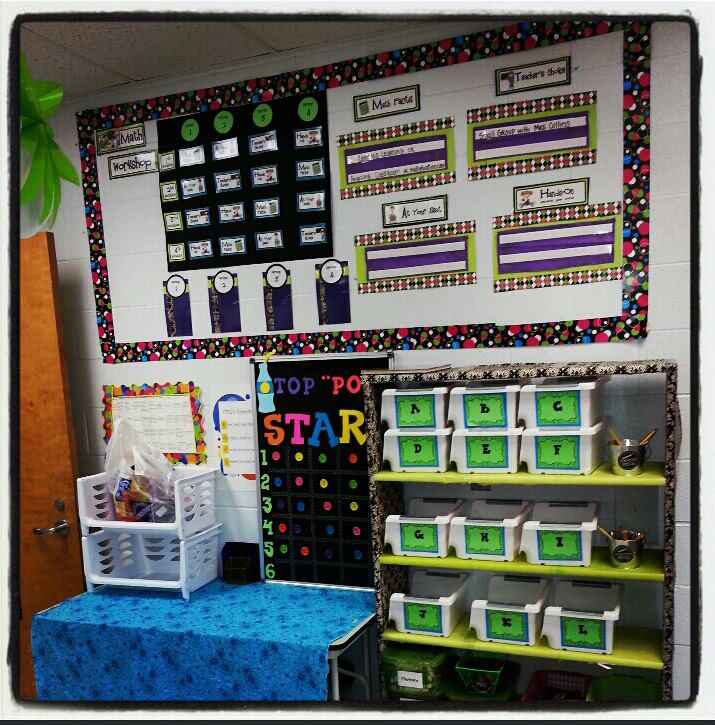
Photo courtesy of Teach Starter resource producer Brittany Collins
Dividing Students for Rotations
Dividing your class into groups for learning centres is not something done once. This can be a process that evolves over the school year.
Depending on your students’ learning rate, you may be shuffling groups around on a weekly or monthly basis. Here are some ideas on the division process:
Skill Level
One way to divide your students into groups for learning centres is by skill level. As we already mentioned, groups can be subject to change throughout the year as they progress, but at the beginning of the year, using a different colour code for each group will help keep things organised.
Each day of the week, assign a specific group one station for the day. Have them stay at that station for the entire period and complete the task you’ve picked out.
Mixed-Ability
Dividing students by skill level is a go-to method, but mixing abilities is beneficial as well. More advanced students have an opportunity to assist classmates in their group who may be struggling. This will not only give higher-level students a chance to practise their teaching skills but will also help struggling students look at a topic in a new light.
Other Options
Here are some other ideas on dividing your class into their learning centres:
- Student-Selected
- Alphabetical Order
- Birth Month
- Learning Style
- Random (pulling names from a jar, etc.)

Learning Centre Management Tips
Managing your learning centres may take some time and experimentation, but if you establish expectations from day one, you’ll hopefully have a well-oiled machine throughout the year! Here are some top tips from our teachers:
Establish Centre Rules
Discuss learning centre rules with the entire class, and treat every centre equally. For example, every centre must be cleaned up before rotation. How does that look? Are chairs pushed in? Are writing materials placed back in their tubs or cups? Are papers stacked in the centre of the table? You can provide a visual aid at each centre, so students know how their centre should look at the end of their turn.
A classroom learning centre rules chart is a beneficial addition to your classroom bulletin board or right at the front of the room by the whiteboard. Centre rules might have different expectations than normal classroom rules such as ‘I will use a quiet voice at my centre’ or ‘I will remain at my centre for the entire rotation.’
Limit Group Size
There should be a defined limit to how many students work simultaneously at each centre. For example, if you have a science centre that requires using a microscope, one to two students will eliminate potential arguing and allow more quality time with the instrument. A larger centre, such as independent reading at the classroom library, could allow for more kids (four to six students, for example).
Number of Centres
Your classroom size and number of students may affect how many learning centres you have. Having two to five rotations is a good number to have in mind as you don’t want to go overboard and create chaos.
You could have one learning centre in each corner of the room and one in the centre, or you could just have two in the back of the room. You could also divide the class into two groups where one works with you, and one is divided into your learning centres on the other side of the room.
Time Limit
Wondering how long kids should be at a particular station before they switch?
Keep a time limit of about 15-20 minutes for each group. Make sure you have an established rotation method in place so that everyone switches simultaneously; this could be using an indoor doorbell, tap lights or a classroom timer. Click below to use Teach Starter’s 10-Minute Classroom Activity Timer, or use our 20-Minute Activity Timer. Depending on your rotation limit, you can have the timer run the entire duration of the learning centre, or you can use a 5-Minute Timer for the last five minutes of the session.
General Learning Centre Ideas
Now for activity ideas! Keep reading for recommendations you can implement in your own classroom learning centres:
Maths Centre
- Rainbow Number Bonds — Students add together the two numbers in the cloud to determine the answer that belongs inside the rainbow.
- Digital Maths — Students can practise maths via laptop, tablet or other digital device. Cleanup is easy!
- Maths Manipulatives — Get those hands moving with engaging maths manipulatives.
- Maths Craftivity — Combine mathematics with art using a craftivity. Students will solve various operations in order to complete the activity.
- Problem-Solving Cards — Students can practise both their reading and mathematic skills using problem-solving cards. You can reuse your cards repeatedly by laminating them and having your students write their answers on a separate sheet of paper.
- Role Play Area — By setting up a role play set up, such as a fruit and veggie shop, students can practise exchanging money, addition and subtraction and communication and literacy.
- Open-Ended Questions — Ask students open-ended questions, such as ‘How many ways can you make 20?’ to practise problem-solving and counting.
Reading Centre
- Classroom Library — Use your classroom’s library as a pre-made learning centre for the entire school year. This can function as a quiet reading corner where students can choose the books they interact with. If you haven’t already, you can pop bean bags or cushions in your classroom reading nook for students to get comfy.
- Audiobooks — Some students may absorb stories better by listening to them. Include a bin with headphones in your classroom library that pair with a listening device. If you have physical books that match the audio versions, that’s even better for students who like to follow along while listening!
- Alphabetical Order — Younger students will enjoy reviewing the order of the alphabet with connect the dot worksheets they can colour afterward or using physical items such as magnetic alphabet letters on a sheet pan.
- Reading Games — If your reading centre has at least three to four students, you can have them work together by playing a fun reading game! Use our Out of the Book reading comprehension game or something classic such as Scrabble.
Writing Centre
- Fun Writing Prompts — Get those creative juices flowing with fun writing prompts made by you or using pre-written prompts.
- Handwriting Practise — If your students are learning cursive or need some extra handwriting help, this is a perfect activity to focus on at your writing centre. Add some lined whiteboards to your supplies list to save on printing dozens of sheets.
- Poetry — Working on a poetry unit? Use your writing centre to solidify poetic practise such as writing haikus or acrostic poems or using figurative language.
- Games — Games such as Mad Libs can be fun and engaging writing centre activities. Another favourite is having one student write the first sentence of a story and pass it to the next person. They will add to the story using one sentence before folding down the first sentence. The story will continue as the paper is passed around in a circle until the end of rotation!
Science Centre
- Microscope Magic — If your classroom has a microscope, have your students observe and draw the objects they see up close. You can use a bin of natural items (sticks, leaves, grass and other items from outside) or even everyday items such as the tip of a pencil or a pen cap.
- Solar System Craft — Use recycled shoeboxes to create a galaxy with planets made of styrofoam balls or create a paper mobile.
- Animal Life Cycles — If you’ve been learning about animal life cycles, such as a butterfly or frog, have your students complete a life cycle flipbook or diagram to reinforce understanding.
- Natural vs. Constructed — Print these worksheets and have your students decide which pictures display objects that are constructed versus natural. You could extend this exercise using objects in your learning centre’s box (e.g. leaves, bottle caps, bark, erasers, etc.).
- Dissect a Flower — Collect flowers from outside and encourage students to carefully pull them apart and identify each segment. You can use this Parts of a Plant worksheet to go with it.
Art and Drama Centre
- Drama Games — Use drama games and task cards for students to practise different elements of drama with each other, such as role and character.
- Readers’ Theatre — Print out scripts and encourage students to pick their roles and play different parts to hone comprehension and communication skills.
- Mindfulness Corner — Create a rotation area with visual arts activities such as origami and colouring sheets for students to have a creative break and practise mindfulness.
All Centres
- Interactive Classroom Bulletin Boards — Double dip on creating an interactive classroom display with a learning centre activity! Students will fill out their written prompts or drawings and you’ll have all the items you need to create a new display.
- Meet With the Teacher — Smaller groups of students are often easier to interact with, which is why a teacher-specific centre can serve as a time to go over a recent lesson, read aloud to your students, have the students read aloud, discuss a mentor text in further detail … just about anything you need to reinforce or work on.
- Missed Work — If students have been absent or late, why not have them rotate into a missed work centre?
- Take breaks — Remember to take breaks or pauses between rotations with activities such as stretching or yoga exercises, a free-time session or a joke read-aloud to get kids reinvigorated for the next cycle.
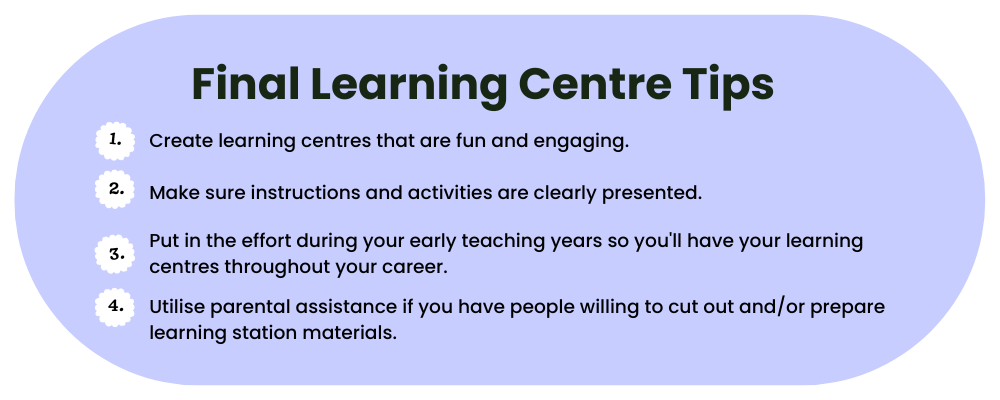

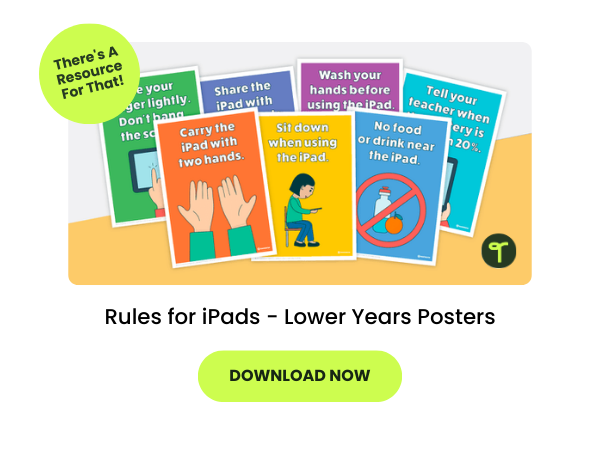
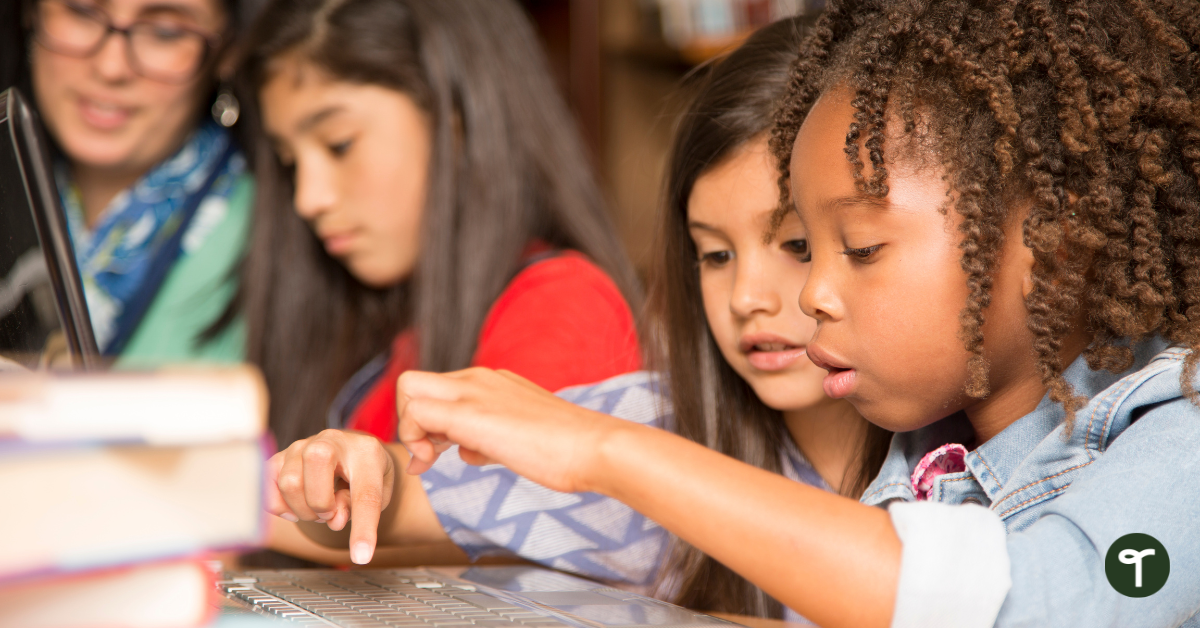



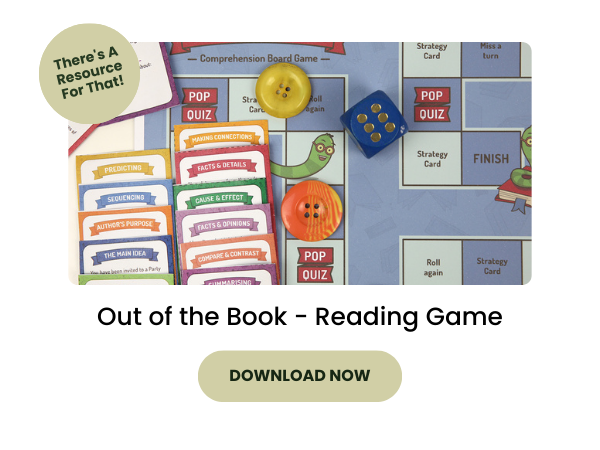






Comments